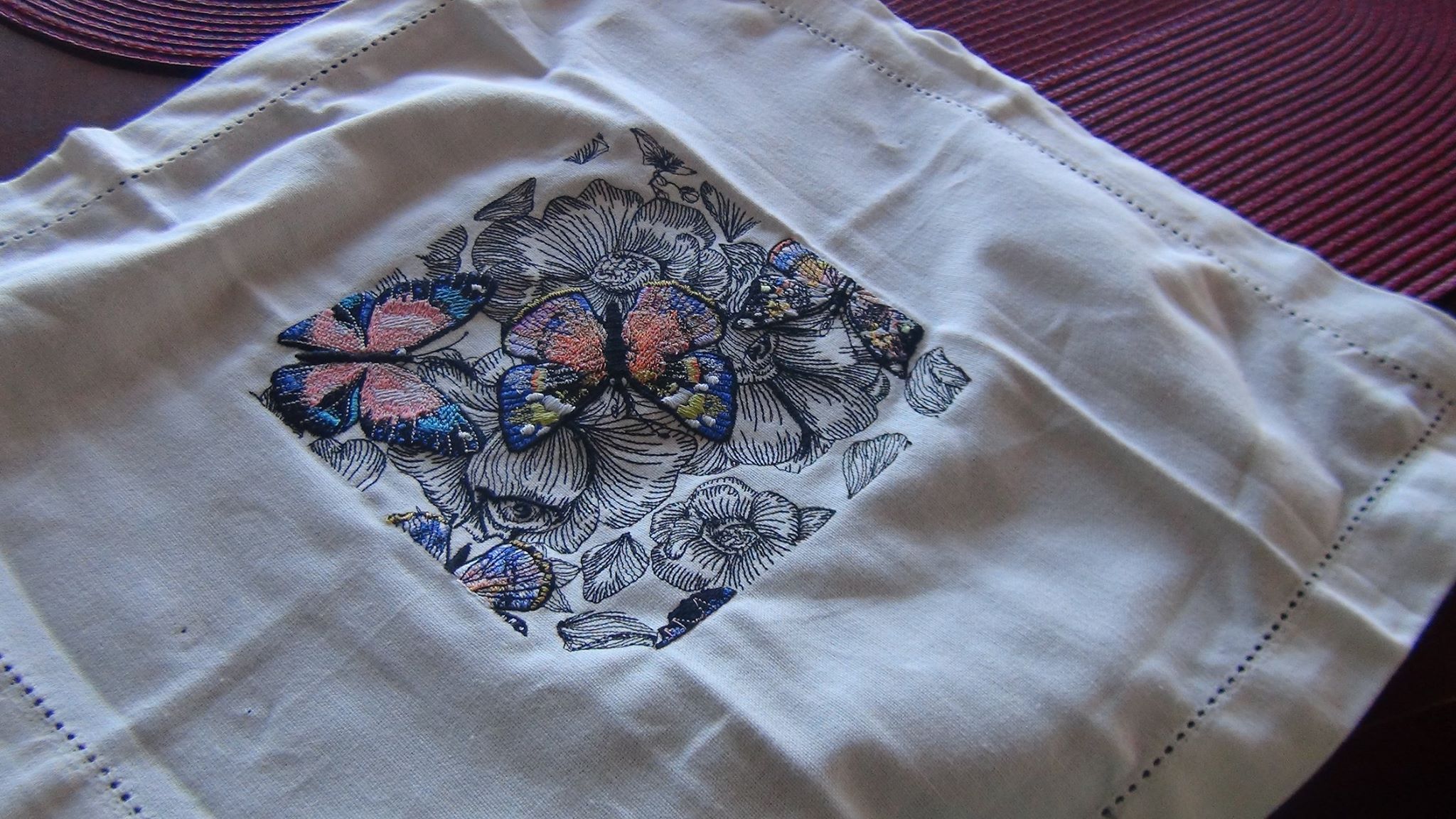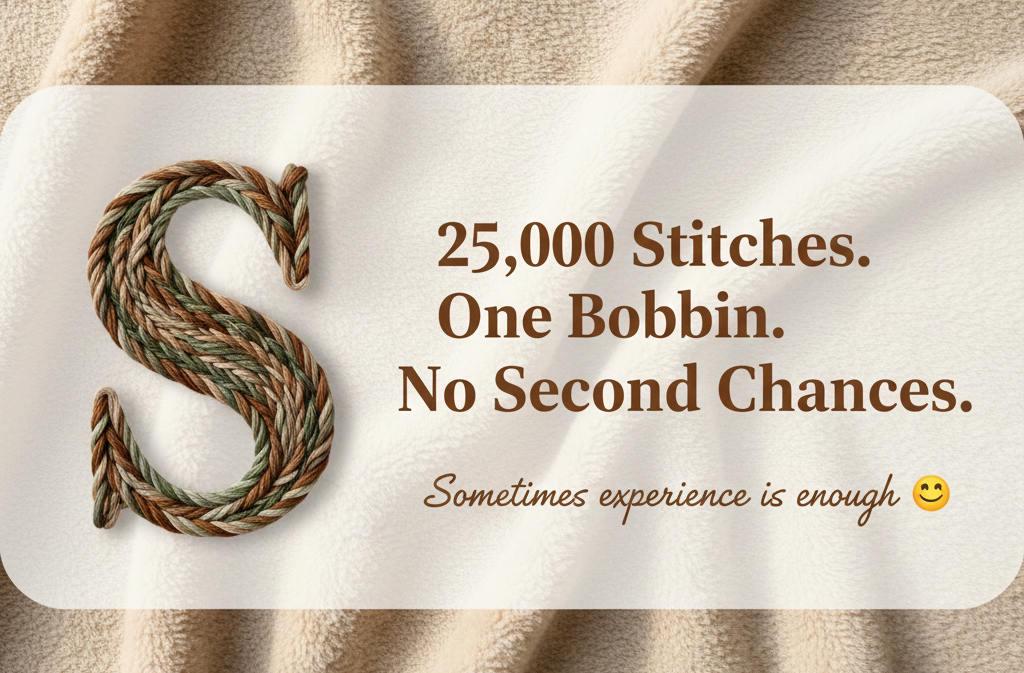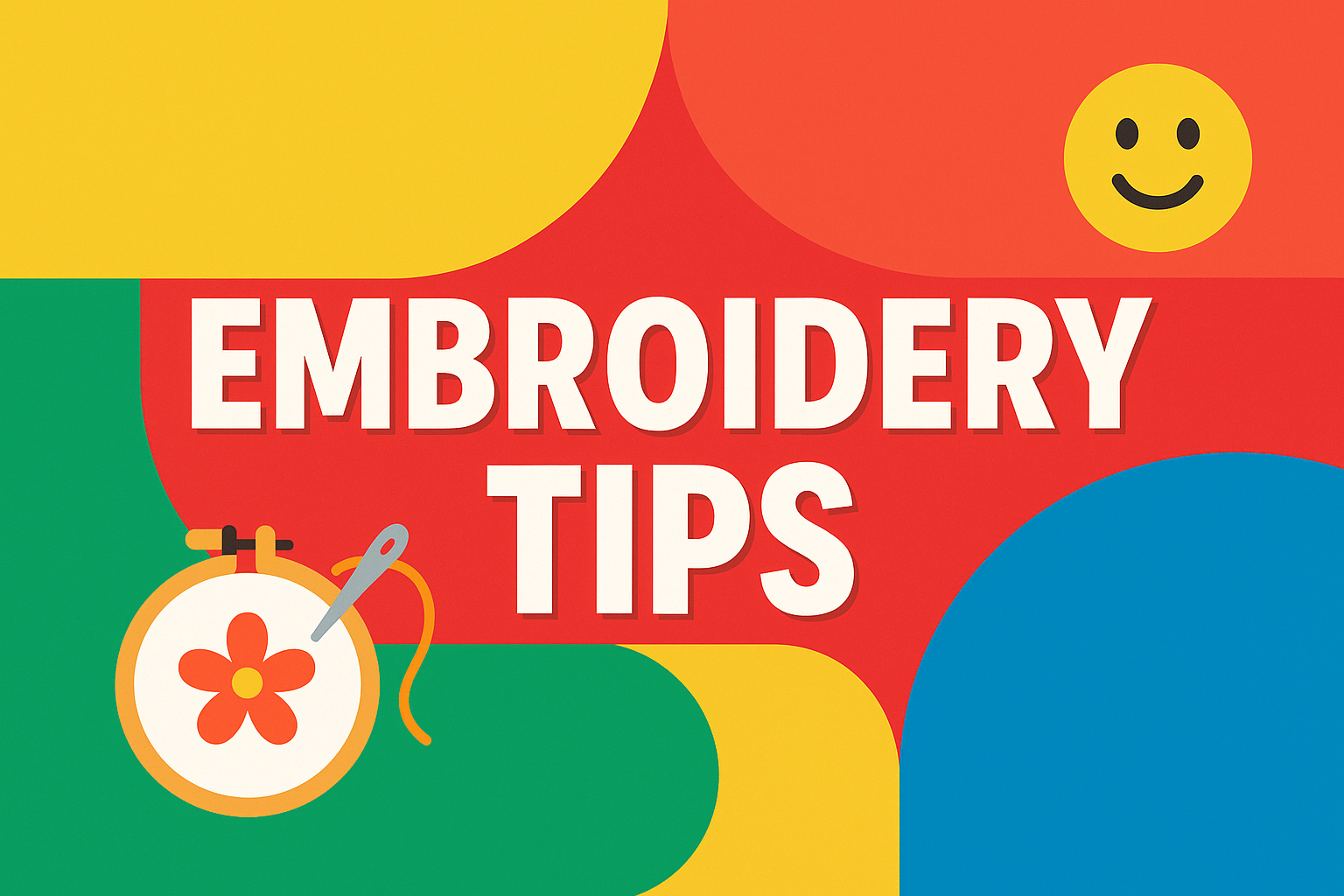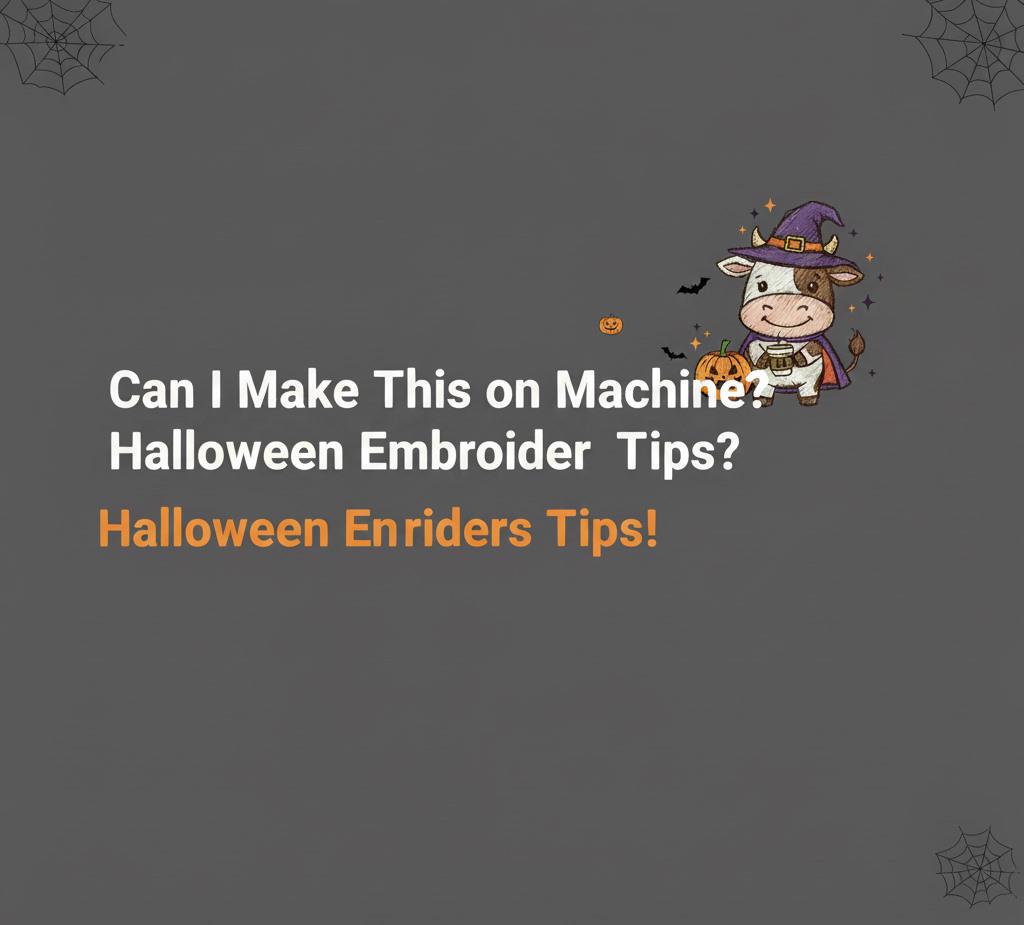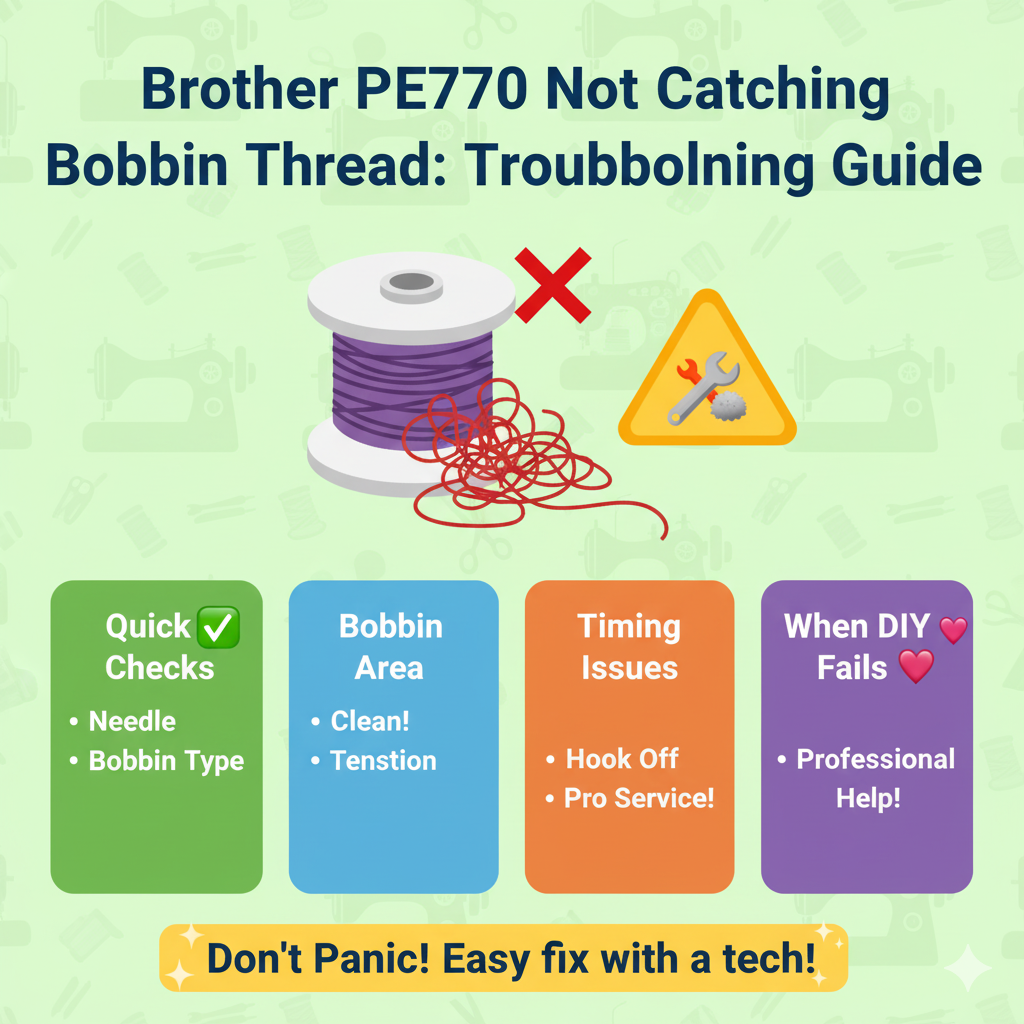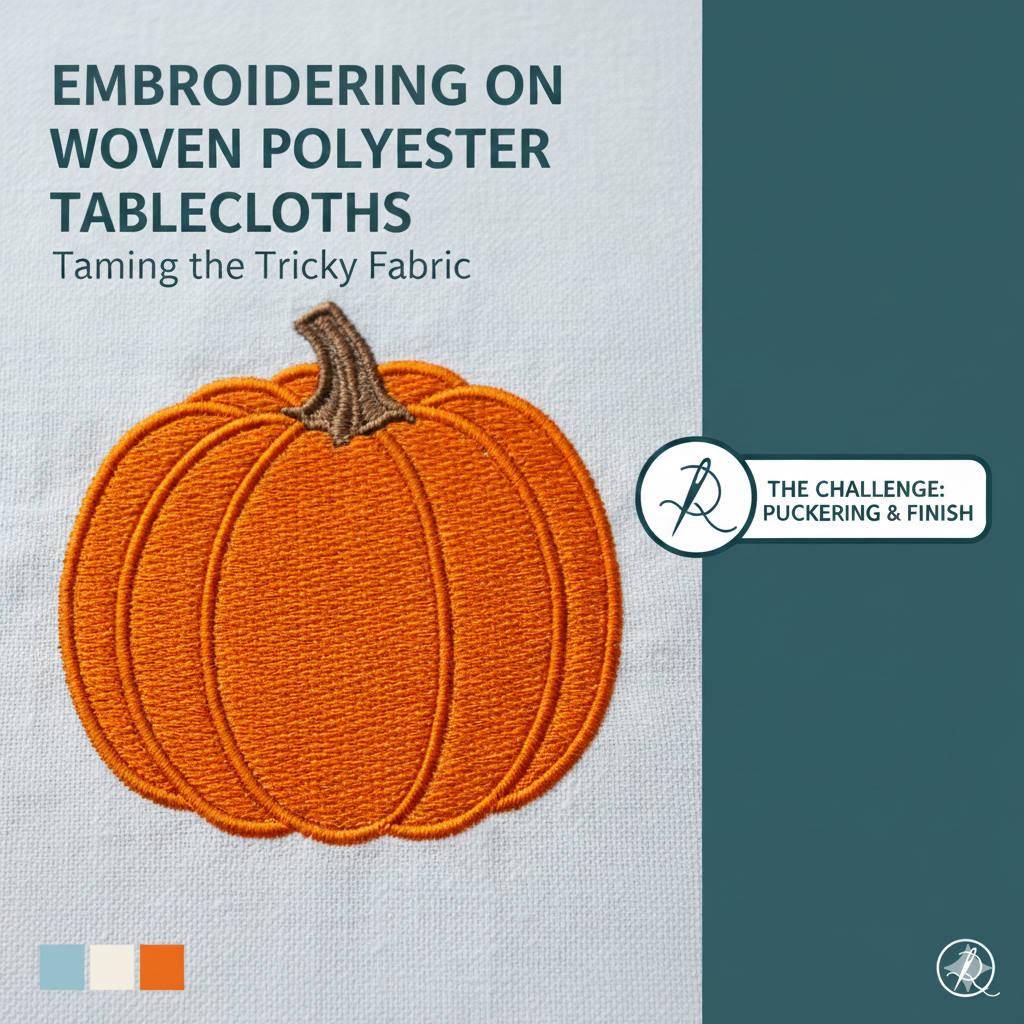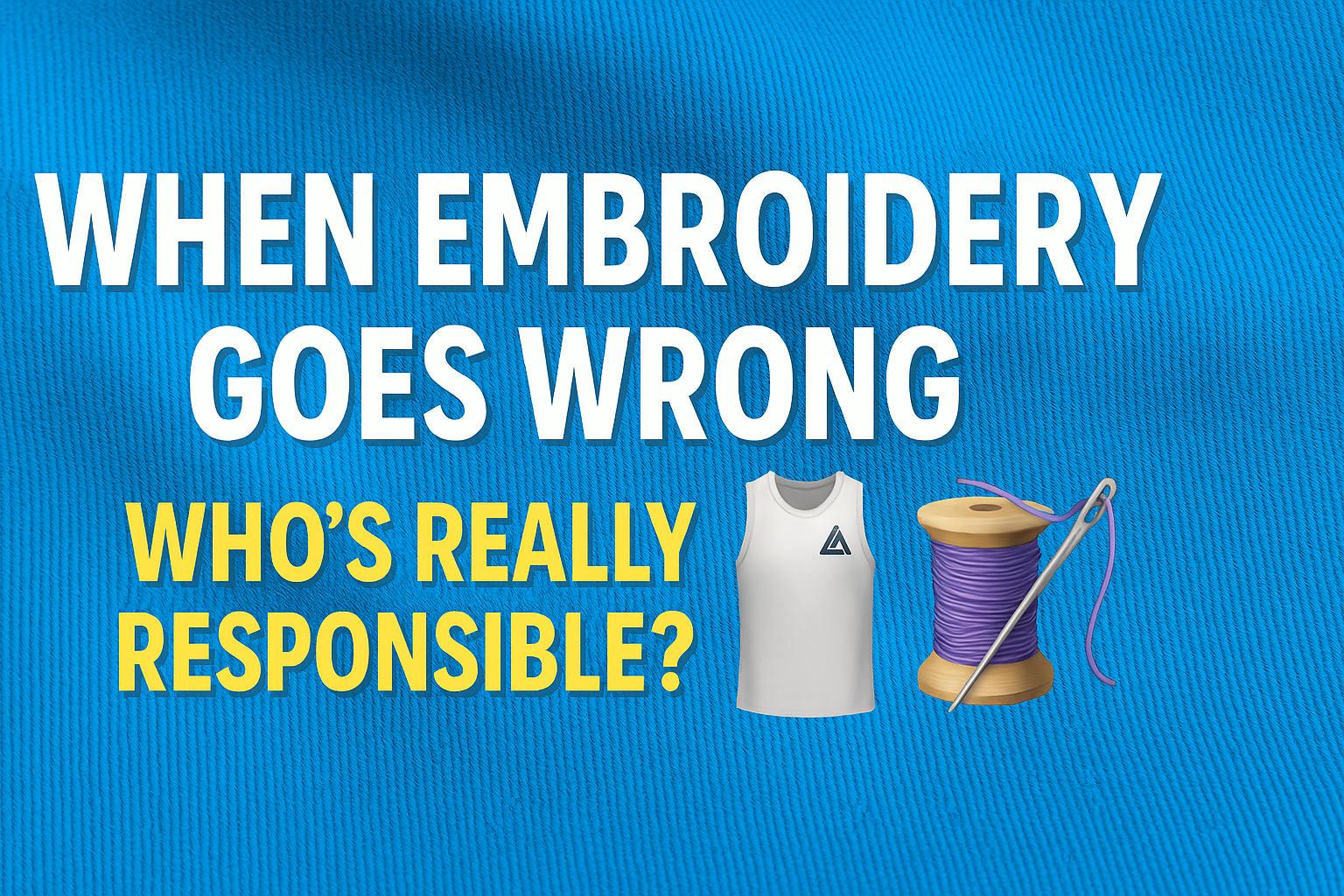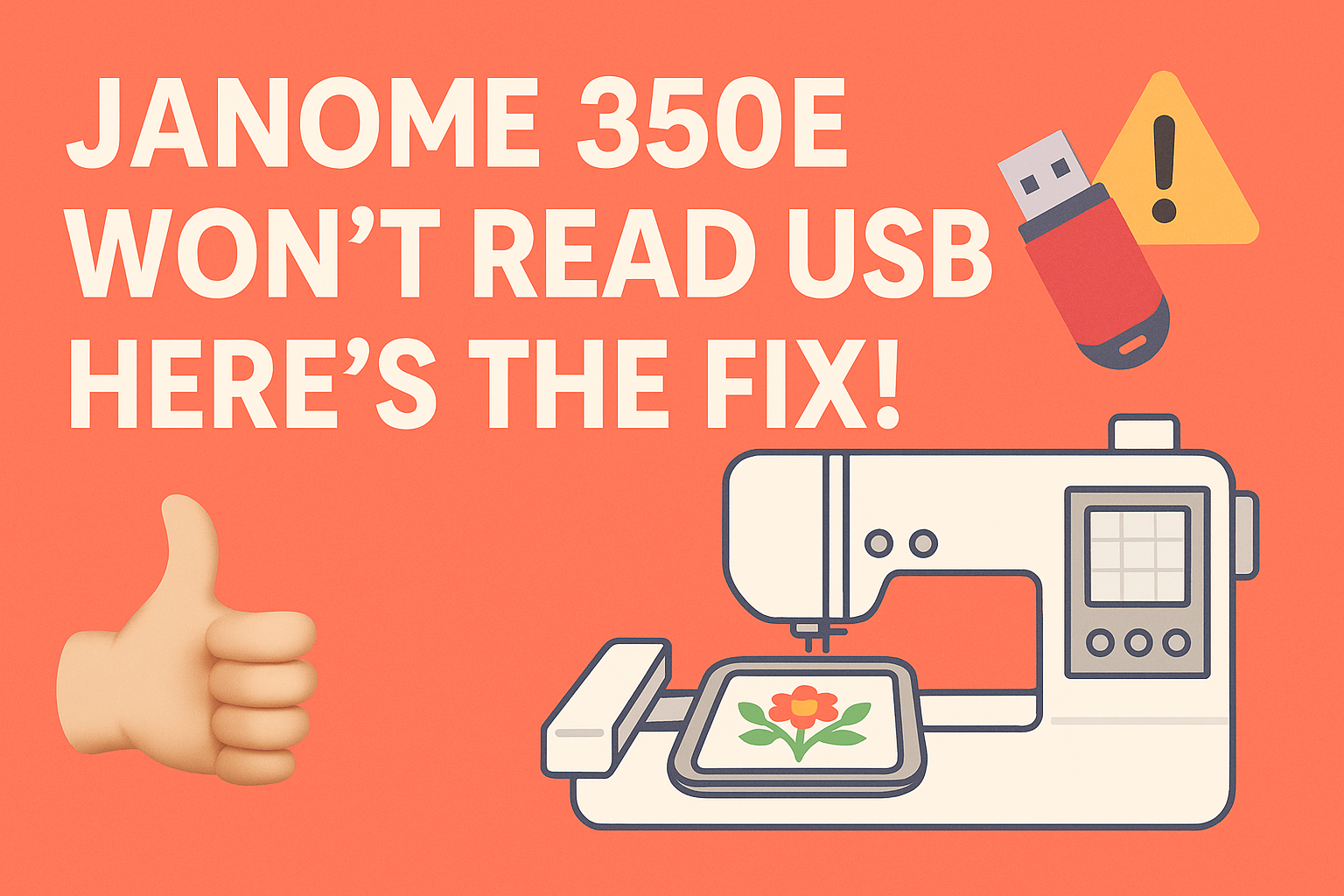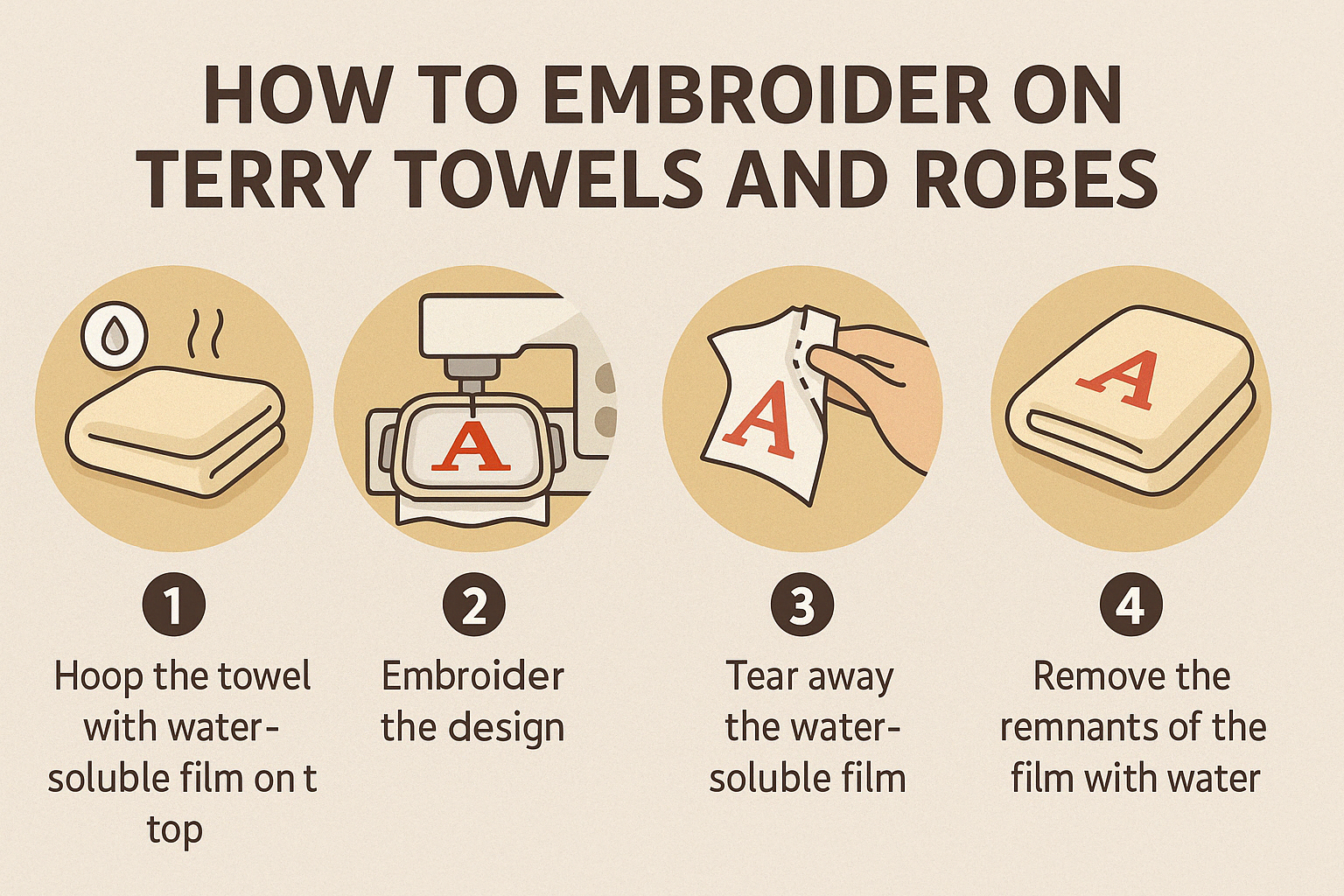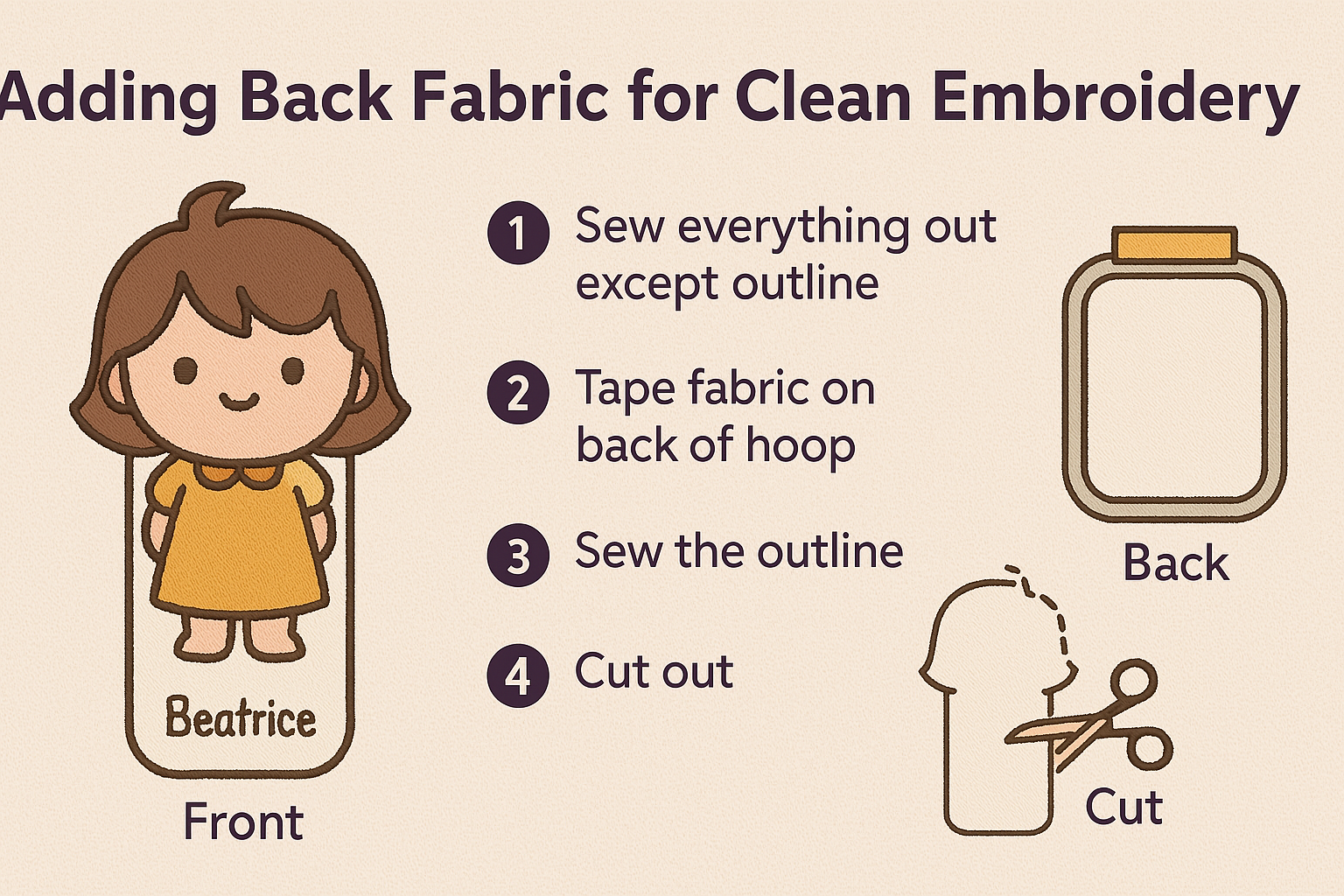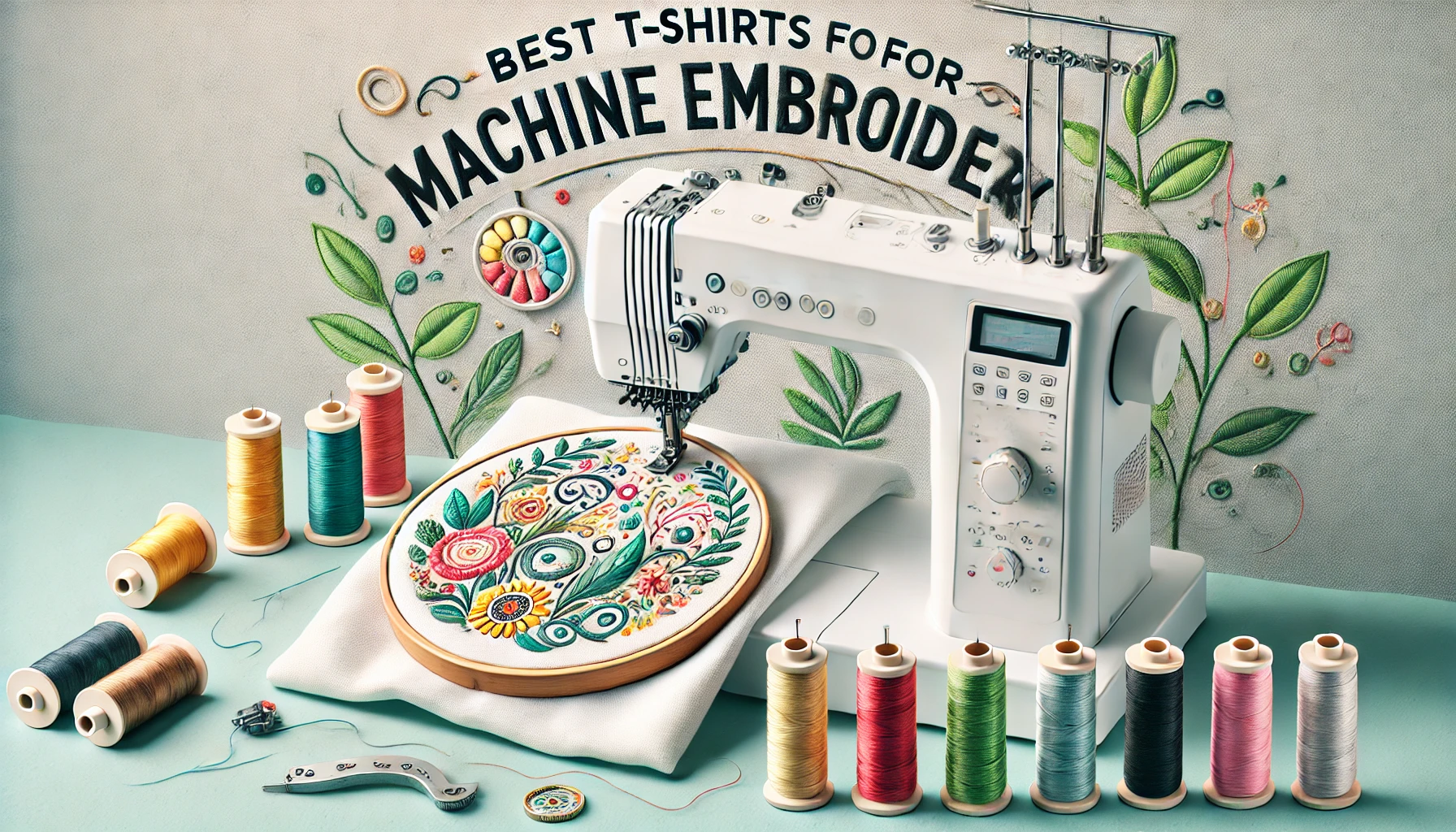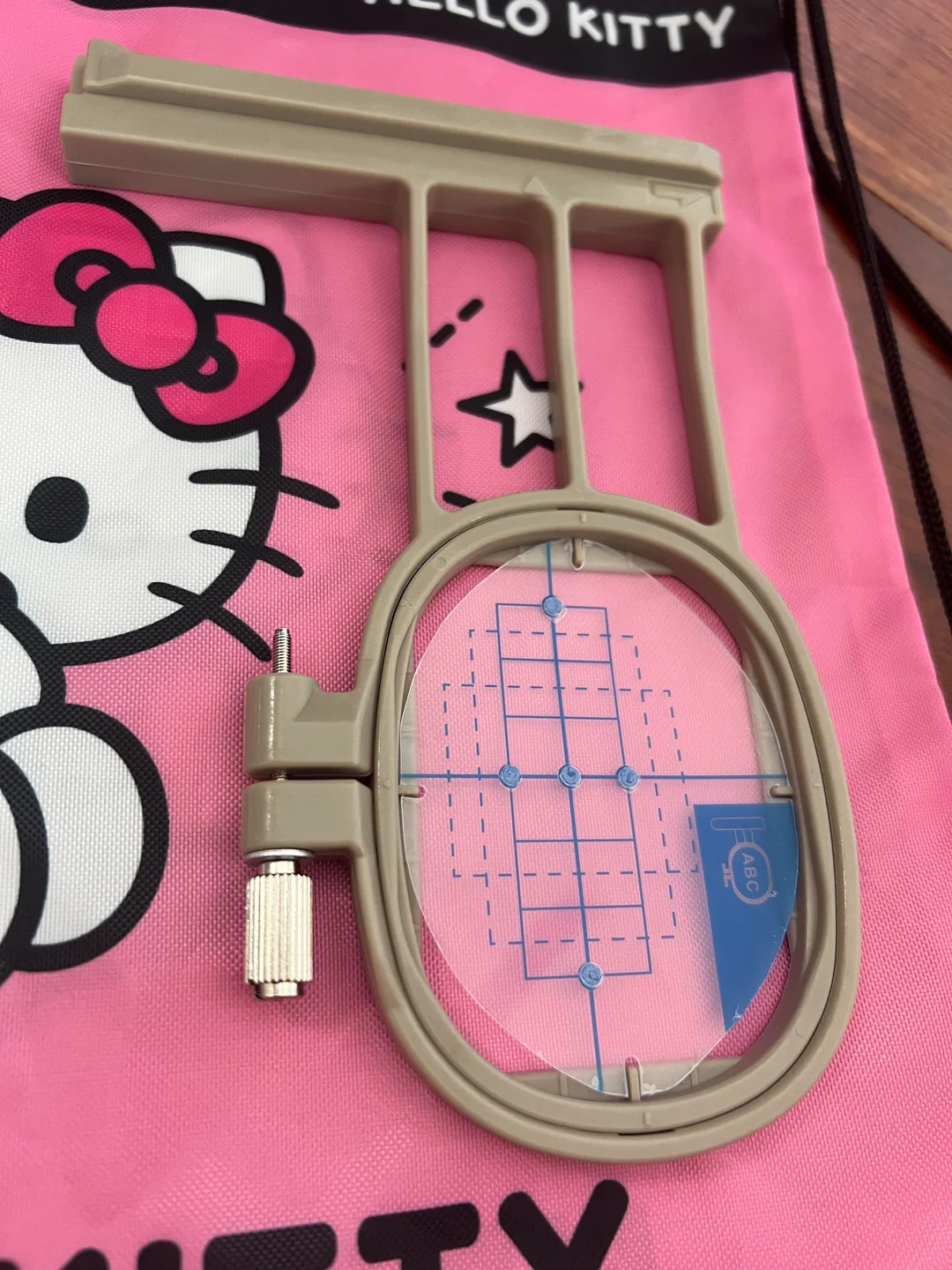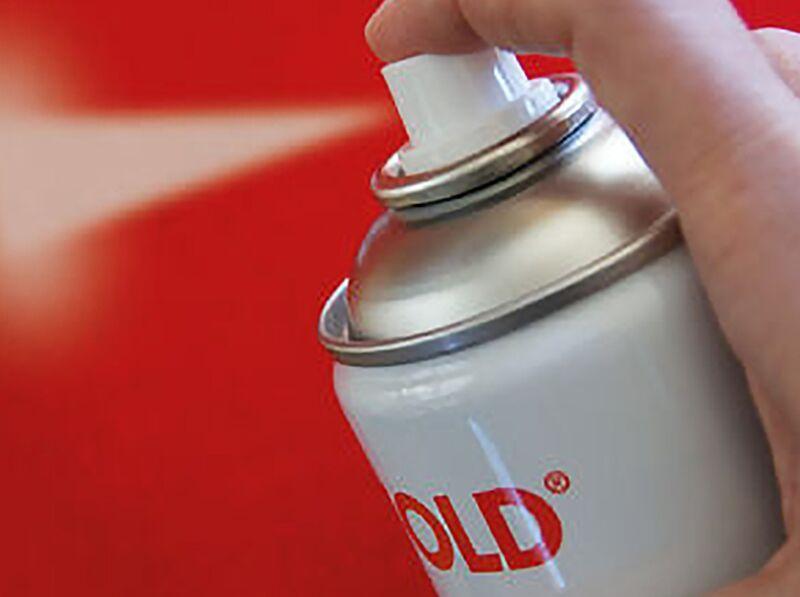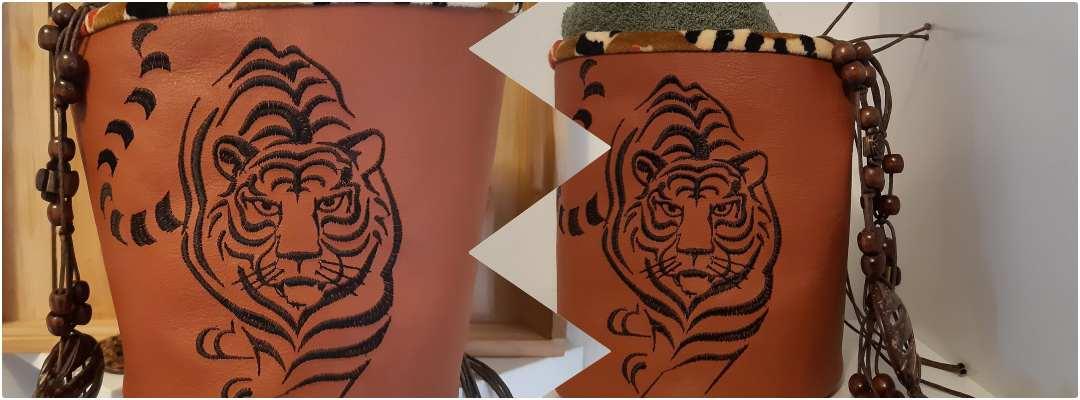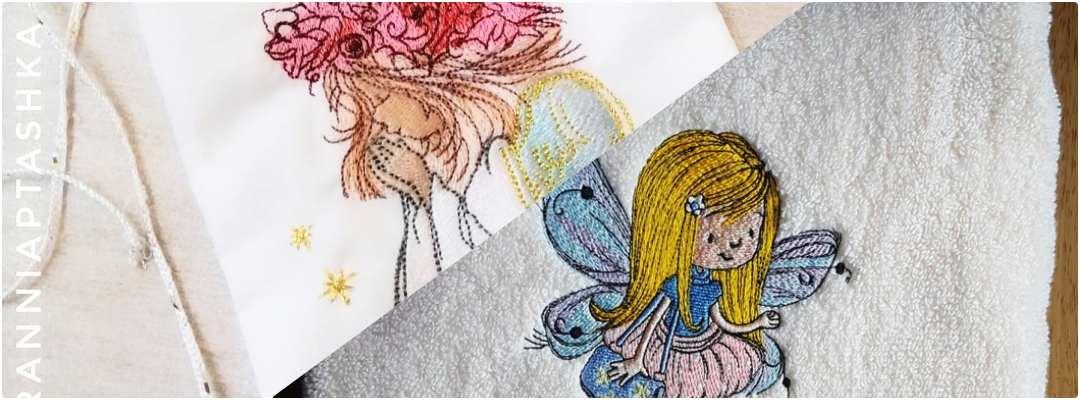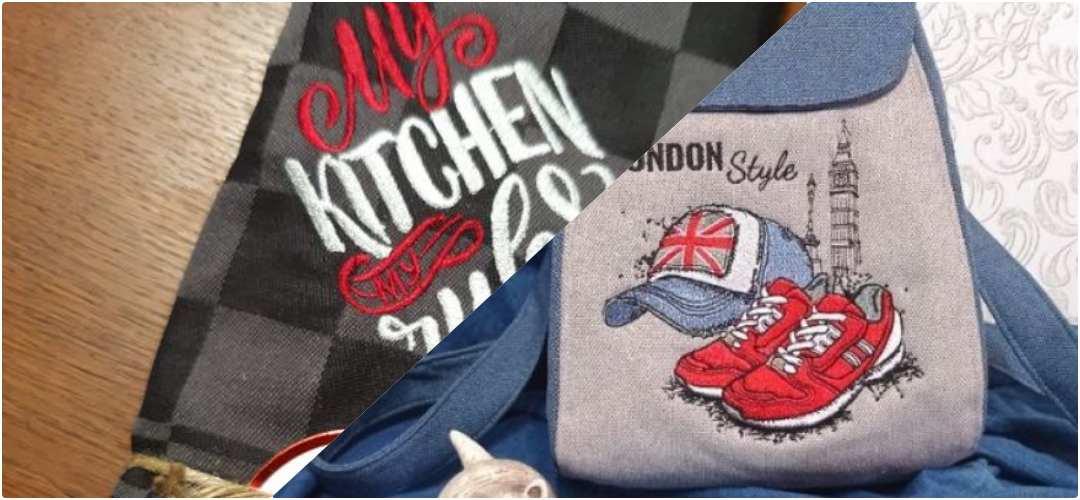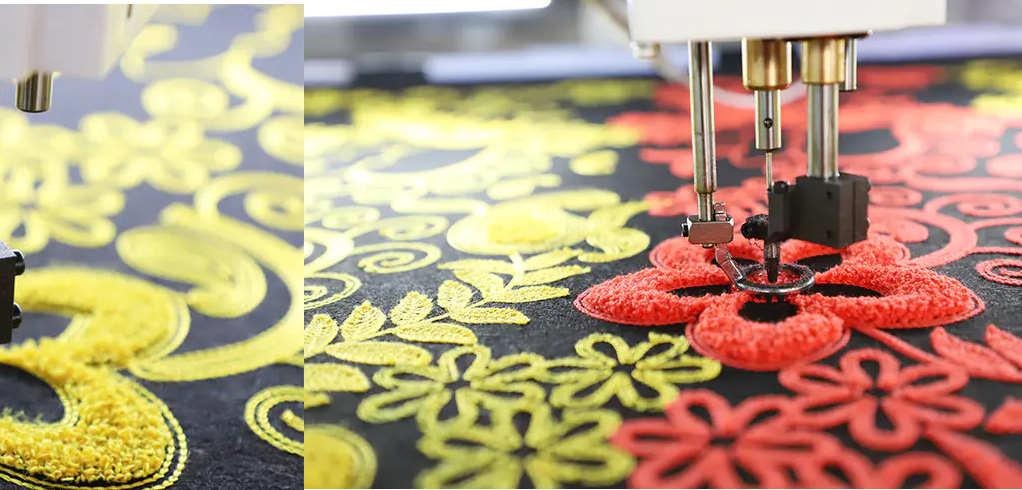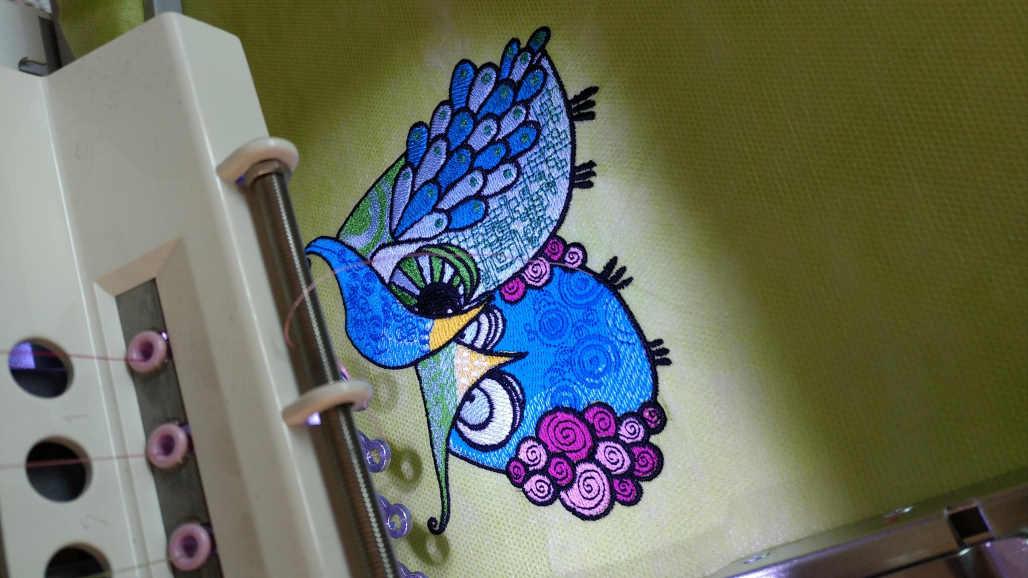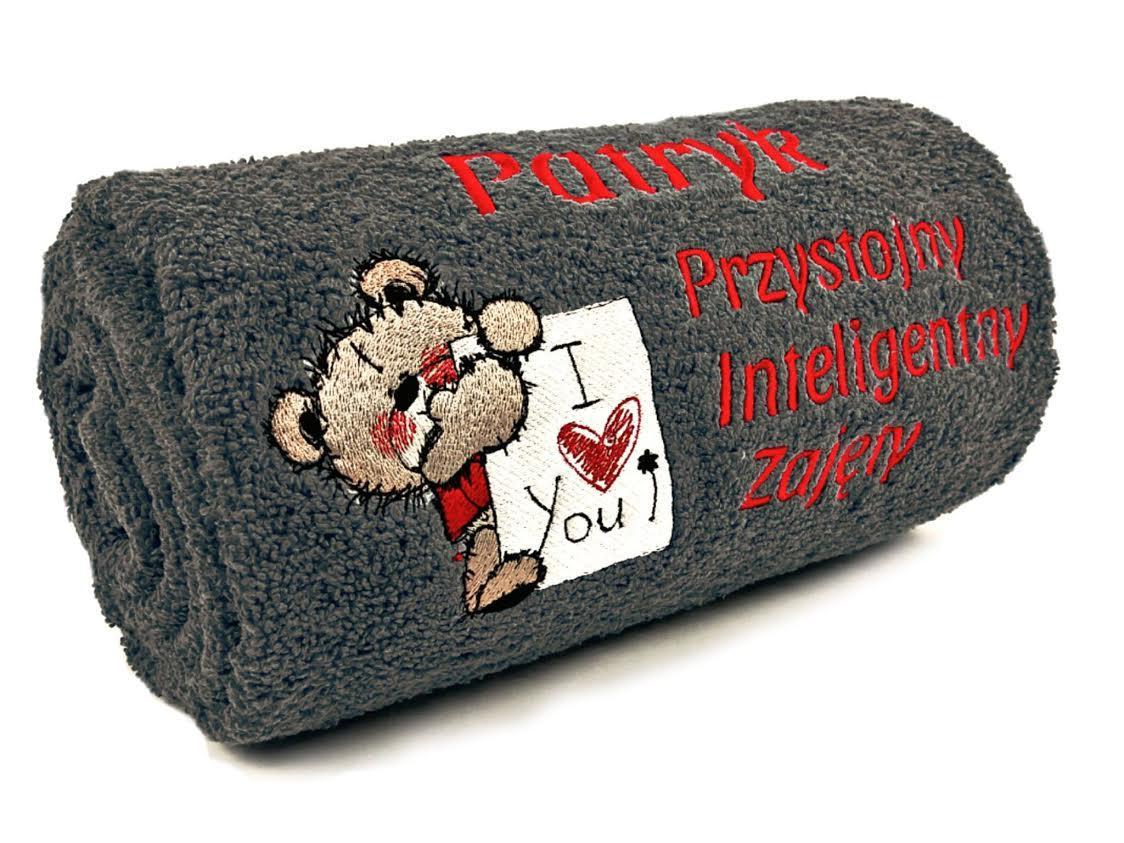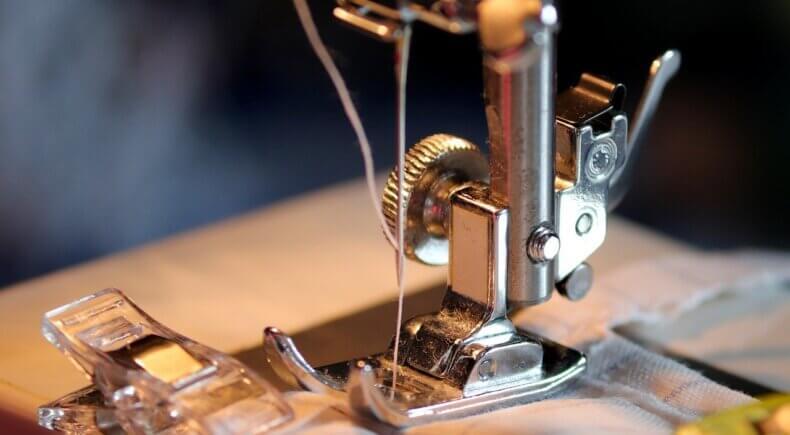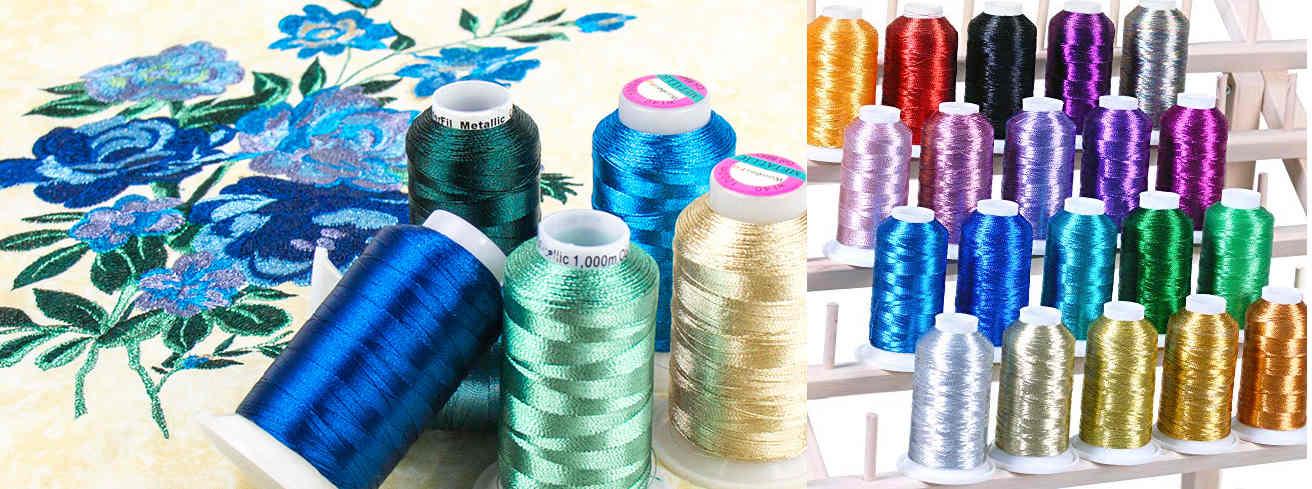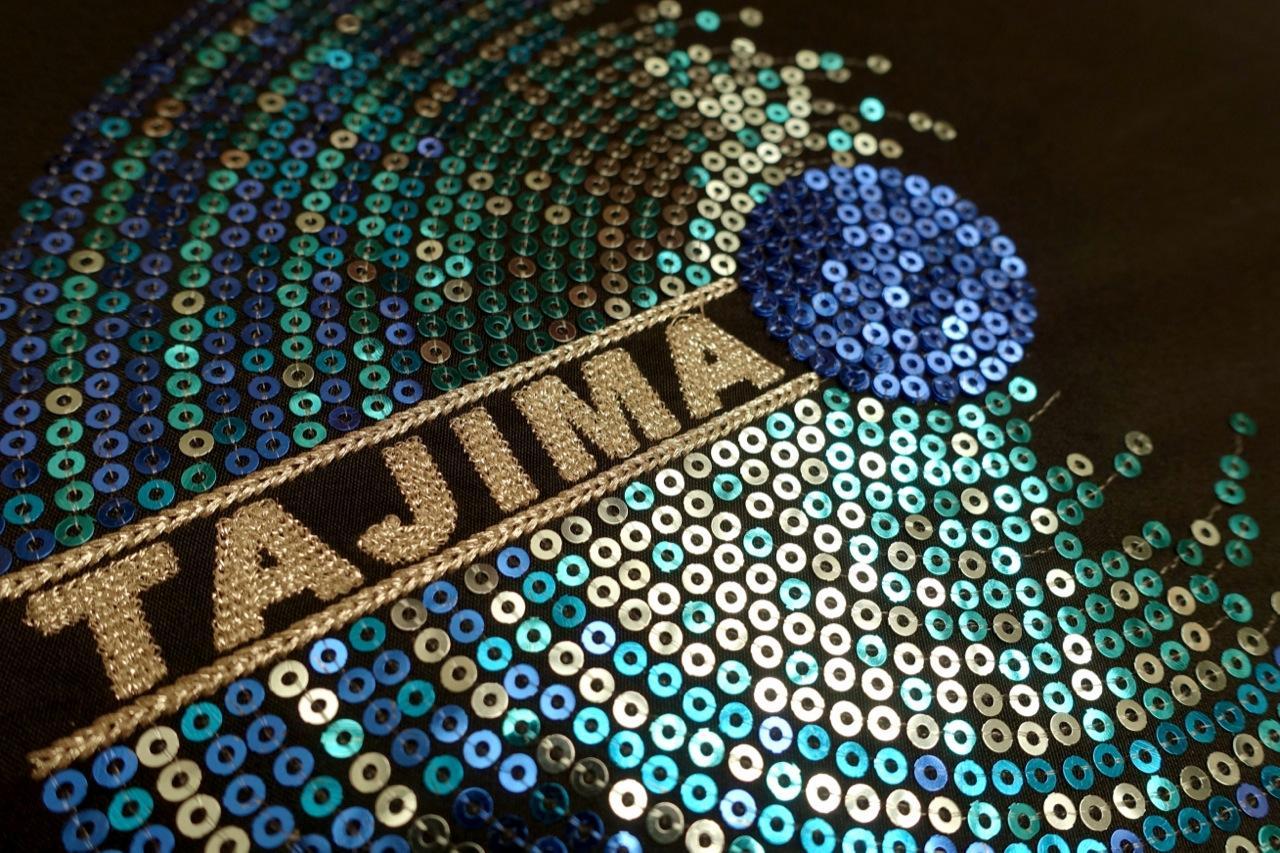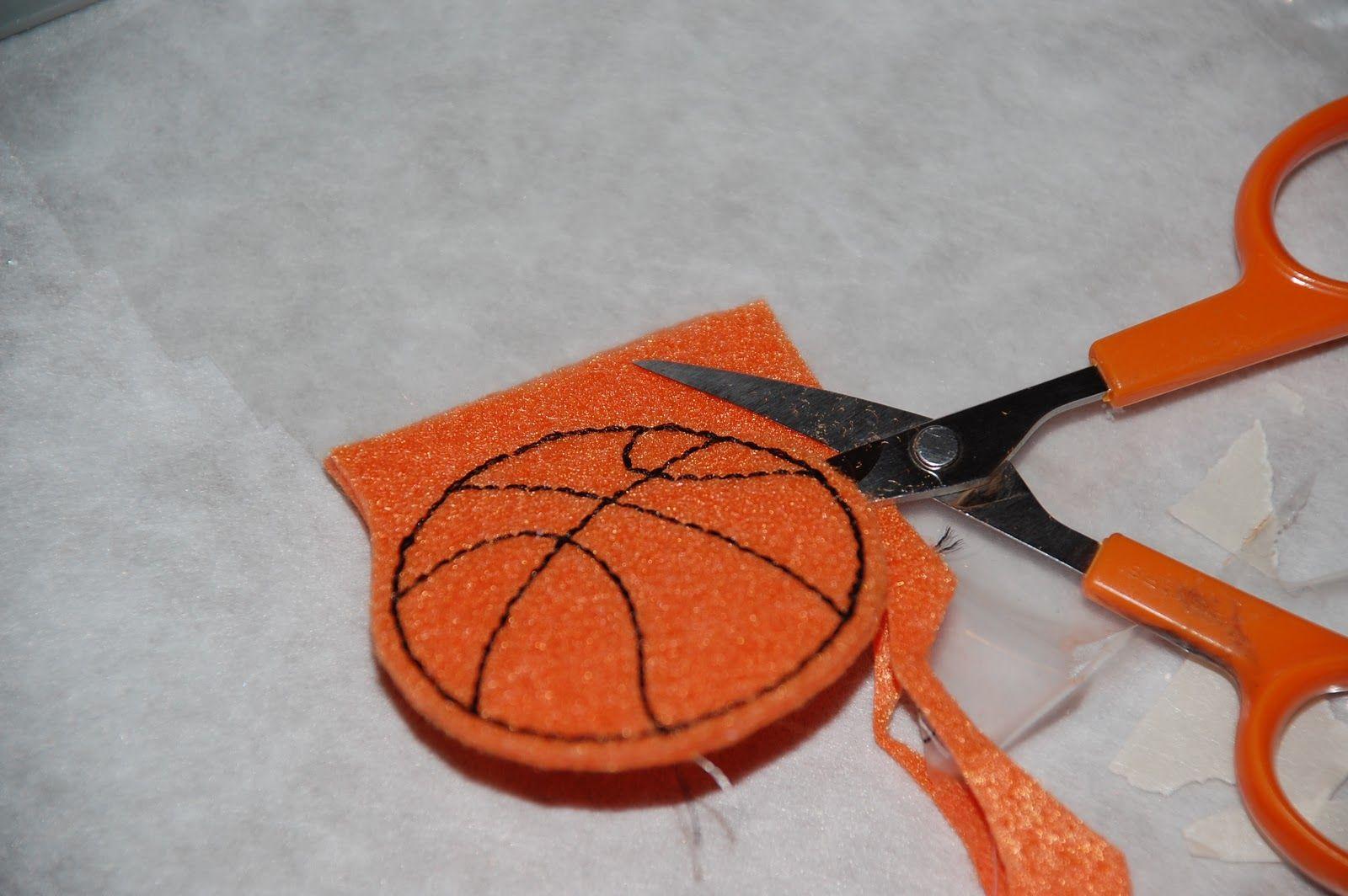Soft Storage Baskets in a Kids’ Room: Cozy Order with a Personal Touch 🧺✨
A children’s room is a place where imagination lives — and where toys somehow appear everywhere. Soft storage baskets are not just a trend in nursery interiors; they are a smart, emotional, and child-friendly solution that helps keep order without killing the magic 🧸🌈
In this article, we’ll look at soft baskets as a systematic interior element:
why they are needed, how embroidery elevates them, what challenges exist in production, and how to choose the right design to reflect a child’s personality.
Design example to keep in mind:
👉 Kitten with baby rattle embroidery design
🧠 Do Soft Baskets Really Matter in a Kids’ Interior?
Yes — and more than it may seem at first glance.
Soft baskets help to:
Organize toys, books, blankets, clothes 🧸📚
Teach children independent cleanup habits
Keep the room visually calm and cozy
Reduce the risk of injuries compared to hard plastic bins
Unlike rigid storage, textile baskets feel warm, safe, and inviting — exactly what a child’s room should be.
<div style="background:#f0f0f0;padding:14px;border-radius:8px;"> <strong>INTERIOR DESIGNER TIP:</strong><br> Soft baskets visually “blend” into the room, while hard boxes always dominate the space. That’s why textile storage works best for nurseries. </div>
🧺 Are There Difficulties in Creating Soft Baskets?
Yes — but they are manageable if planned correctly.
Main challenges:
Keeping the basket’s shape
Preventing embroidery distortion
Choosing washable, child-safe materials
The good news? Modern stabilizers, interlinings, and embroidery techniques solve most of these issues beautifully.
🪡 Why Embroidery Is the Best Decoration for Soft Baskets
Printed décor fades. Stickers peel.
Embroidery lasts.
Why embroidery wins:
✔ Durable and wash-resistant
✔ Tactile — kids love touching stitched designs
✔ Adds emotional value and personality
✔ Looks premium and handcrafted
A cute embroidered character can turn a basket into a “room companion” — not just storage, but part of the child’s world 🐱💕
🎨 Choosing a Design That Reflects the Child’s Personality
The best designs are not random — they tell a story.
Design ideas by personality:
🐻 Soft animals → calm, gentle kids
🚗 Vehicles → active, curious personalities
🌸 Flowers & fairies → dreamy, artistic children
🦊 Funny characters → playful, imaginative minds
💡 Neutral colors with one bright accent work best — they grow with the child and don’t feel “too babyish” later.
<div style="background:#f0f0f0;padding:14px;border-radius:8px;"> <strong>SELLER INSIGHT:</strong><br> Parents are far more likely to buy a basket when the design “looks like their child.” </div>
📍 Best Placement for Embroidery on a Basket
For maximum visibility and durability:
Front center panel — always visible
Slightly above the middle — avoids distortion when filled
Away from side seams and handle attachments
Avoid placing embroidery too low — the basket bottom bulges under toy weight.
📏 Average Basket & Embroidery Sizes
Basket Height | Diameter | Recommended Embroidery Size |
|---|
30–35 cm | 25–30 cm | 14–18 cm |
40–45 cm | 30–35 cm | 18–25 cm |
50–55 cm | 35–40 cm | 22–30 cm |
✨ Bigger baskets benefit from larger, expressive designs — small embroidery can feel “lost.”
🧵 Materials Comparison: Pros & Cons
Material | Pros | Cons |
|---|
Cotton canvas | Strong, durable, easy to embroider | Needs interfacing for shape |
Cotton twill | Softer feel, child-friendly | Can wrinkle |
Felt | Naturally holds shape | May pill over time |
Linen blends | Stylish, natural look | Requires strong stabilizer |
Upholstery fabric | Excellent structure | Harder to hoop |
🔧 Best internal support options:
🧼 Care & Washing: What Parents Need to Know
Well-made embroidered baskets can be washed — if designed correctly.
Best practices:
<div style="background:#f0f0f0;padding:14px;border-radius:8px;"> <strong>PRACTICAL TIP:</strong><br> Removable bottom inserts make washing much easier — parents appreciate this detail! </div>
🔍 What We See Online: Market Trends
From Etsy and nursery décor brands:
Animal embroidery dominates
Soft neutral baskets sell best
Personalized names increase price and conversion
Sets (basket + pillow + towel) are very popular 🎁
💰 Typical price range: $40–$100, depending on size and personalization.
❤️ Final Thoughts: More Than Storage
A soft embroidered basket is:
🧺 Organization
🎨 Decoration
🧵 Handmade warmth
💕 Emotional connection
It helps children feel proud of their space — and makes tidying up a little happier every day.
With thoughtful materials, proper structure, and a sweet embroidered design like Kitten with baby rattle, you create not just an interior item — but a memory 🌟
